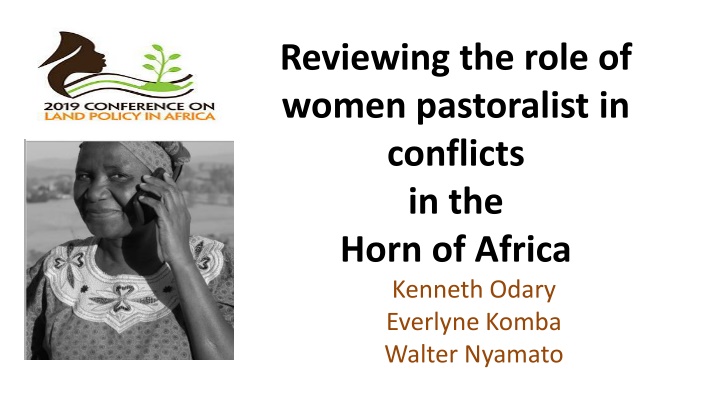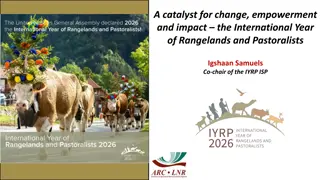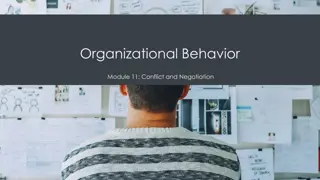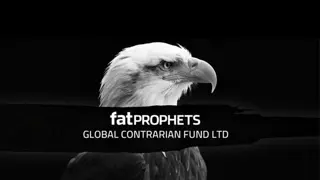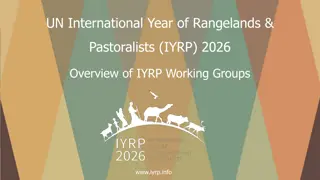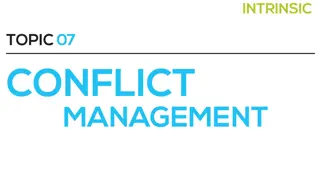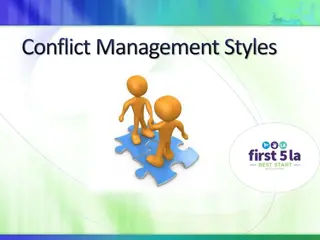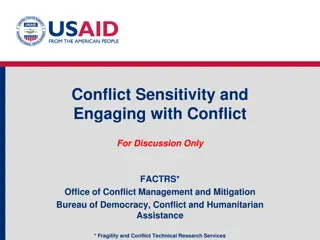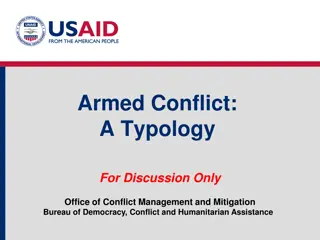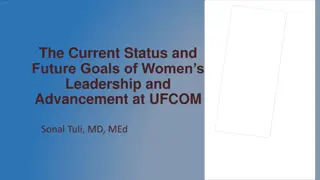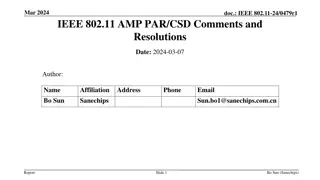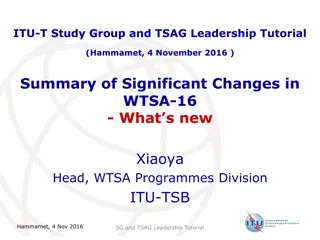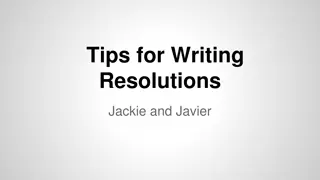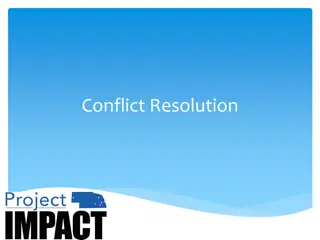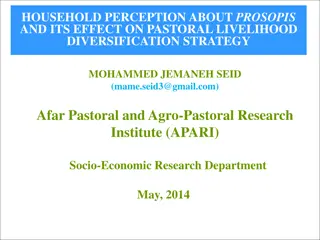Women Pastoralists in Conflict: Roles and Resolutions
Explore the intricate roles of women pastoralists in conflicts within the Horn of Africa, detailing their contributions to peacebuilding and resolution strategies. The study delves into cultural, reproductive, and conflict resolution aspects, shedding light on the unique challenges and opportunities faced by these marginalized communities.
Uploaded on Mar 05, 2025 | 0 Views
Download Presentation

Please find below an Image/Link to download the presentation.
The content on the website is provided AS IS for your information and personal use only. It may not be sold, licensed, or shared on other websites without obtaining consent from the author.If you encounter any issues during the download, it is possible that the publisher has removed the file from their server.
You are allowed to download the files provided on this website for personal or commercial use, subject to the condition that they are used lawfully. All files are the property of their respective owners.
The content on the website is provided AS IS for your information and personal use only. It may not be sold, licensed, or shared on other websites without obtaining consent from the author.
E N D
Presentation Transcript
Reviewing the role of women pastoralist in conflicts in the Horn of Africa Kenneth Odary Everlyne Komba Walter Nyamato
Outline Context. Methodology & Rationale. Findings. Conclusions. Recommendations.
Context Occupy arid and semi arid region of the Horn of Africa. Populated by nomadic pastoralists communities. Except two, most are minorities within the national boundaries. Case of triple marginalization. Share similar values such as patriarchy, traditional practices. NR conflicts over pasture, water and land. Proximity to failed or formerly failed states.
Methodology & Rationale Methods; Existing Data Approach. Open ended interviews of knowledgeable persons. Rationale; Resolution 1325 & SDG 16. Personal experience.
Findings Mothers of war and Mothers of Peace. Various roles; Combat . Cultural. Reproductive. Confict/Peace.
Findings Cultural; Karamoja Cluster Prestige of Marriage- Women can and do demand higher bride price / custodians of sons inheritance. Oral folklore combination of poems, sonnets and songs that appeal to male ego. Oromiya Zone Blood oath Quid pro quo/ A knife for a life. Mandera Triangle Hero worship idolization and symbolism.
Findings Reproductive role; Prestige of bearing sons- Women bearing sons do get a higher social ranking. Karamoja Cluster Gender shaming - mockery of male folk/ shame of not raiding. Oromiya Zone Feminineness ability to birth future generation. Mandera Triangle
Findings Conflict resolution/peace; Karamoja Cluster Symbols of peace and new beginning - Dual loyalty of women , Grassroot mobilization by Dekha Ibrahim in Wajir. Oromiya Zone Mandera Triangle
Findings Political Expansionist. Economic Commercialization of cattle raiding.
Conclusion Women; Engage actively in conflicts. Assumed vulnerability obfuscates reality. Inadequate conflict analysis. Not goal oriented in pursuit of conflict or peace opportunistic and not strategic.
Recommendation Build women s mediation capacity make it more strategic. Engender the peace and mediation processes. Adopt and institutionalize preventive approaches that target women. Build knowledgebase of women s role in conflicts. Bring in more women into the mediation spaces occurring at different levels.
